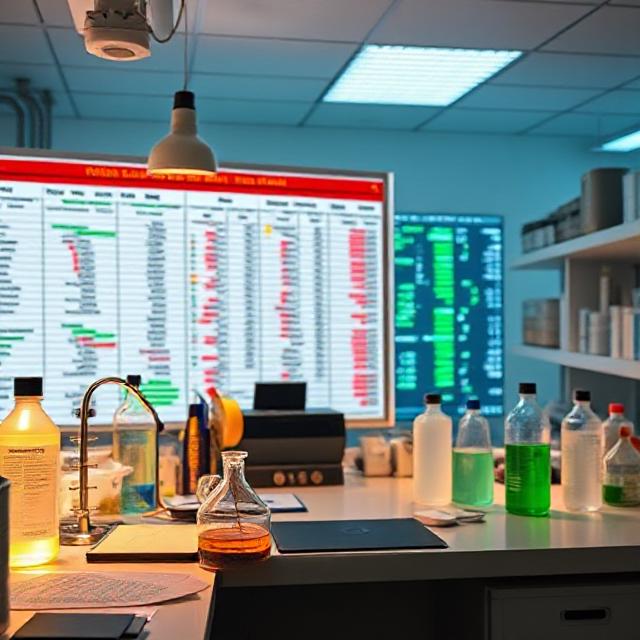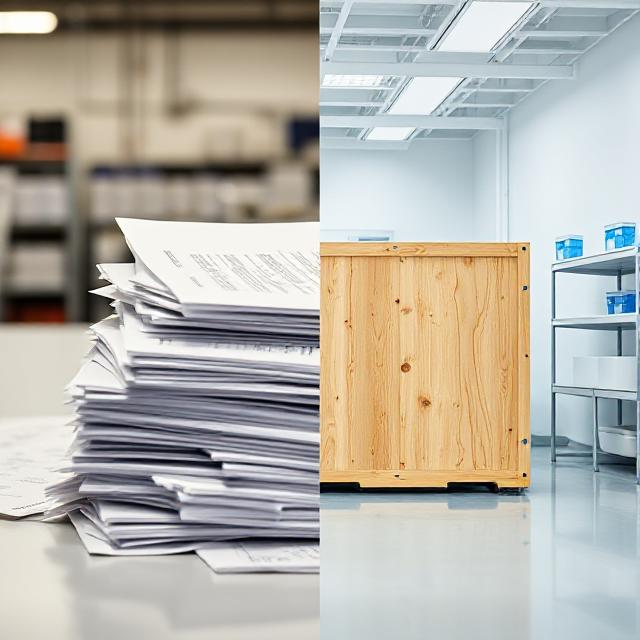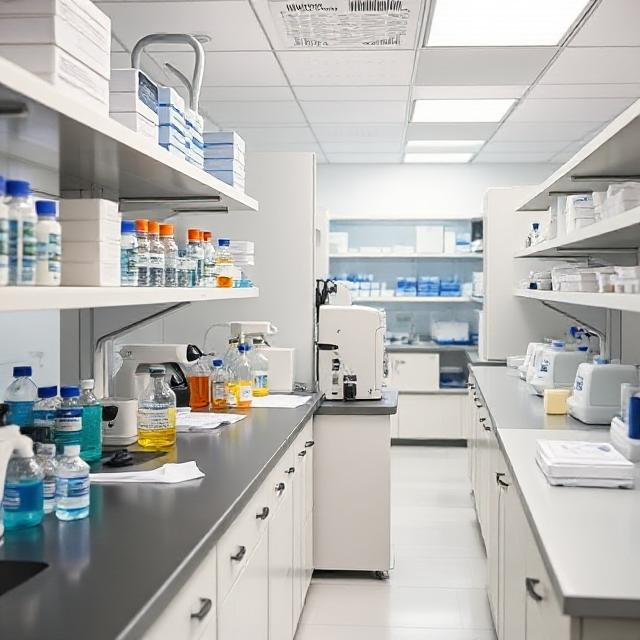Introduction
Good Manufacturing Practices (GMP) are the cornerstone of the pharmaceutical industry, ensuring that pharmaceutical products are produced consistently, safely, and effectively. The validation process is a critical component of GMP compliance, as it verifies that equipment and processes meet predefined standards and specifications. However, deviations and incidents during this validation process can have both positive and negative impacts on the overall quality, safety, and efficiency of pharmaceutical production.
This article explores the dual nature of deviations and incidents in the context of GMP equipment validation,examining how they can lead to improvements while also posing challenges to compliance and operational efficiency.
Understanding GMP Equipment Validation
Validation is a systematic process designed to demonstrate that equipment and processes
perform as intended consistently and reproducibly. It involves testing and documenting the performance of equipment under defined operating conditions to ensure they meet regulatory requirements.
The validation process generally includes these stages:
- Installation Qualification (IQ): Ensures that the equipment is installed correctly, meets manufacturer
specifications, and is suitable for its intended use. - Operational Qualification (OQ): Verifies that the equipment operates as designed under specified operating conditions.
- Performance Qualification (PQ): Demonstrates that the equipment consistently produces products within predefined quality standards.
During these stages, deviations from expected performance or documented procedures can occur.
Positive Impacts of Deviations and Incidents
While deviations and incidents are often viewed negatively, they can sometimes lead to positive outcomes when addressed proactively. Here are some ways in which they can contribute to improvement:
- Early Detection of Issues: One of the primary benefits of deviations and incidents is that they highlight potential issues early in the validation process. For example, if a piece of equipment fails a performance test during PQ, it could indicate a design flaw or maintenance issue. Addressing such problems early can prevent them from escalating into larger production issues later on.
- Process Optimization: Deviations/incidents often reveal inefficiencies or areas for improvement in the manufacturing process. For instance, if a piece of equipment consistently performs outside acceptable parameters during validation, it may indicate the need for adjustments to the SOP or the equipment itself.
- Enhanced Documentation and Traceability: Addressing deviations and incidents requires thorough documentation, which strengthens overall compliance with GMP regulations. By meticulously recording and investigating these events, Validation department build a robust validation report that demonstrates their commitment to quality and may improve related SOP or documentation.
- Strengthening Risk Management Capabilities: Handling deviations and incidents effectively enhances a company’s risk management capabilities. By identifying potential risks early and implementing mitigating strategies (e.g. : SOP update, frequent system review, adapted maintenance schedule, equipment update/ replacement etc…), organizations can reduce the likelihood of future issues.
Negative Impacts of Deviations and Incidents
Despite their potential benefits, deviations and incidents during validation also have obvious negative
impacts on operations. These include:
- Disruptions to Production: One of the most immediate consequences of deviations and incidents is disruption to production schedules. If a piece of equipment fails validation or requires corrective actions, it can lead to delays in manufacturing ( e.g. downtime) , impacting both output and profitability.
- Increased Costs: The financial burden of addressing deviations and incidents can be substantial. Additional testing, corrective actions, and potential revalidation all add to the cost of validation and implementation.
- Damage to Reputation: Repeated deviations or significant incidents during validation can tarnish a validation department reputation for quality and reliability. The production or other customers may lose confidence if issues persist.
- Erosion of Compliance Culture:A culture of non-compliance can develop if deviations and incidents are not taken seriously. Overlooking these issues sends the wrong message to the production, to the custommer, to the validation and qa department, potentially leading to a decline in adherence to GMP standards.
- Regulatory Consequences: Failure to address deviations and incidents adequately can result in serious regulatory consequences, form failed audit to fines, penalties, or even loss of production licenses.
Regulatory Considerations
Regulatory bodies such as the FDA and EMA place a strong emphasis on validation activities as part of GMP compliance. Companies must maintain thorough documentation of all deviations and incidents, along with their investigations and corrective actions. Failure to do so can result in enforcement actions.
Lessons Learned
To mitigate the negative impacts of deviations and incidents while leveraging their potential benefits, validation department should:
- Adopt a Proactive Approach: Implement robust validation protocols and risk management strategies to identify and address issues early.
- Foster a Culture of Compliance: Encourage employees at all levels to prioritize GMP compliance and report deviations promptly.
- Invest in Training: Ensure that personnel are well-trained on GMP standards, validation processes, and the importance of adhering to procedures.
- Use Historical Data for Continuous Improvement: Leverage data from validation activities to continuously improve the validation process, manufacturing processes and the equipment :
- performance,
- selection,
- update,
- maintenace scheduled,
- criticity,
- End-of-life.
Conclusion
The validation process of GMP equipment is a vital step in ensuring the quality and safety of pharmaceutical products. While deviations and incidents during this process can pose significant challenges, they also present opportunities for improvement and growth. By adopting a proactive and compliant approach, companies and validation department can not only address issues effectively but also enhance their overall operational efficiency and regulatory compliance.
In summary, deviations and incidents during validation should be viewed as tools for improvement rather than mere obstacles. Through careful investigation, documentation, and implementation of corrective actions, Validation department can turn these challenges into opportunities to strengthen their GMP standards and uphold the highest quality in pharmaceutical manufacturing.




